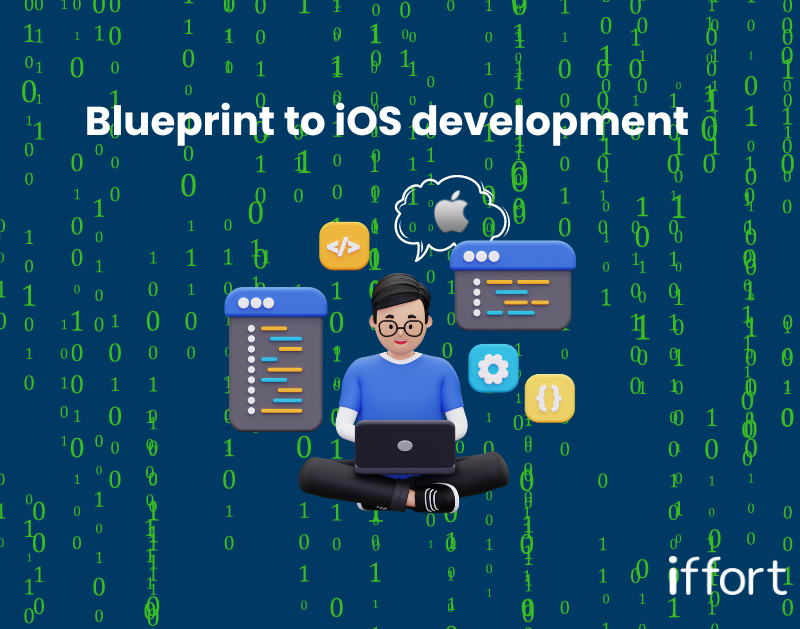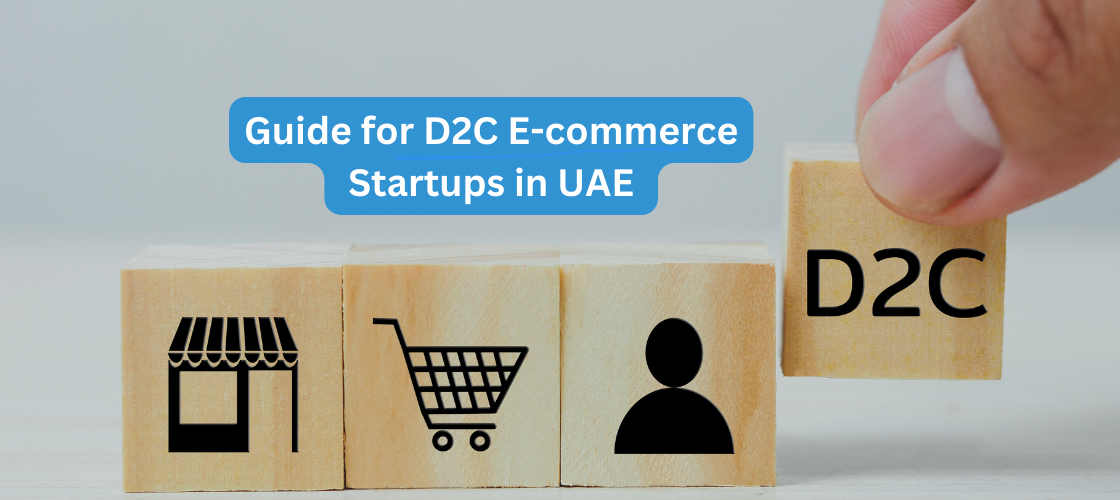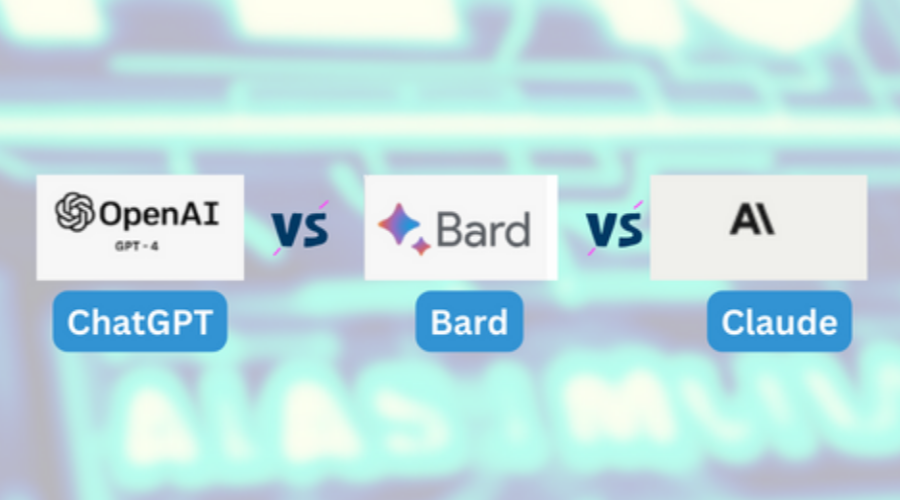- Blog
- Is Neobanking the next big thing for Fintech in India?
- Articles , Digital Marketing ,
- May 30, 2022
From 2022 to 2028, the Neobanking Market is expected to increase at a CAGR of over 45 percent, surpassing USD 45 billion in 2021. By 2024, Neobank is expected to have approximately 98 million users. According to Statista, the neobaking market is estimated to grow at a CAGR of 20.60 percent from 2022 to 2026, from $47.94 billion in 2022 to $101.40 billion in 2026.Neobank is a virtual bank that exclusively provides digital financial services and has no physical branches. A bank that operates entirely online rather than in a physical location. Neobank reaches customers through mobile-first financial solutions as a direct bank. It offers a comprehensive digital banking experience via mobile apps. These are fintech companies with low operational costs and a user-friendly interface. Neobanks offer mobile banking that is both smart and seamless. They’re altering the economic landscape. Its innovative banking and financial services, reasonable pricing, savings and expense tracking, hassle-free account creation, and personalisation have all contributed to its growing popularity.


The Neobanking Revolution
In the fintech industry, neobank is slowly becoming a viable and profitable business model. Neobank uses the ‘Banking as a Service’ paradigm to bridge the gap between traditional banks and customer expectations. They have modernized platforms that help them collect data from their target customers and change their marketing tactics for acquiring clients based on that data.
According to a survey by the Internet and Mobile Association of India, the number of internet users in India is predicted to reach 900 million by 2025, up from 622 million in 2020. Hence the neobanking Industry is a rapidly expanding sector. Neobank is predicted to surge to approx. 98 million users by 2024.
The USP
Neobanks cater to a younger generation of tech-savvy customers who are comfortable with digital transactions. These consumers generally lead hectic lives and do not have time to visit a branch to do routine banking transactions. Users can manage their money with neobanks via their smartphone app or website. Neobanks have substantially reduced operational costs and expanded their customer base by operating without physical bank branches and migrating to the cloud. They differ from other financial institutions in a number of ways, including:
- Neobanks are technology-driven alternatives to traditional banking services such as current accounts, loans, credit cards, and trade finance.
- They also have a different consumer base and operating principles than credit unions.
- These are not banks and are designed from the bottom up to give better mobile and internet experiences. They are not chartered with the state or any government regulating organization.
- They work with established banks to insure consumer deposits in numerous areas.
Strategies for Neobank’s Customer Acquisition
In terms of customer acquisition, digital-only banks have outperformed traditional banks. They have done so by offering services that most (if not all) traditional banks didn’t at the time, such as early wage access, robust budgeting tools, no overdraft fees, and the ability to invest in cryptocurrency. Semi-automated KYC (Know Your Customer) and on-boarding processes, as well as the smart use of lower-cost channels such as referrals, social media, and engagement programmes, can benefit “Neobanks.”
Three strategies for Neobank’s customer acquisition:
- Neobanks create a brand strategy that has an impact on customers. They make customers feel special in a powerful way in order to increase brand impact. Neobank stands out with clever communications tailored to specific audiences. For example, their financial services content marketing includes social media strategies tailored to key customer segments, as well as visuals designed to pique interest and encourage viral sharing.
- For their services, Neobank prioritizes communication about financial wellness. It’s more than just the offerings. Strategic communications that demonstrate the bank’s understanding of the specific needs of various customer segments is critical. These banks place a premium on the customer experience, which includes effective customer communication.
- Neobanks focuses on developing relationships with each audience that they connect with. They present their concept in a tone and sentiment that positions their bank as a reliable partner in meeting financial needs. Neobanks make investments in customer insights.They use data to understand current customers’ attitudes and behaviors, which aids in customer retention. Further it assists in determining the best ways to communicate with them.
Growing Neobanks may aid in the advancement of financial inclusion
Neobanks are disrupting the traditional financial landscape, hence the new way of making millions.Open, which was founded in 2017, combines all financial features into a single digital banking platform. It now has 2 million Indian firms signed up and conducts $24 billion in annualized transactions, with 100,000 new businesses being added every month. Open raised $50 million in Series D capital round which helped it reach a $1 billion valuation mark.
Another known neobank Slice, a fintech business that provides payments cards to millennial and Generation Z consumers and was founded by a former Flipkart employee, has acquired $20 million in funding. Bajaj raised $220 million in November, propelling Slice into the unicorn club.“ Slice claims to have close to 5 million registered users on its app and has rapidly increased monthly credit card issuances from 20,000 in January to over 3 lakh in December. Slice also has a 50 percent bonus scheme for referring women for jobs at the company.
Yet another one on the list is Fi, a neobank that provides working professionals with digital bank accounts and financial advice. Fi primarily targets working professionals aged 22 to 35, providing them with free savings accounts and advice on how to improve their savings. Within eight months of its introduction, it claims to have 1 million registered users on its app, with each user completing 25 transactions each month on average. Fi had raised $50 million in a fresh fundraising round led by B Capital, which was founded by Facebook pioneer Eduardo Saverin, with participation from Falcon Edge Capital in 2021. These neobanks are definitely the pioneers of disrupting the $310 billion fintech industry.
Final Thought
Neobanks are at the vanguard of the global financial services transformation. Over 15 million customers have been acquired by fintech firms around the world, mainly in banking and financial services, with neobanks accounting for more than half of them. Neobanking platforms’ low-cost business strategy has led to widespread acceptance by small and medium-sized enterprises, as well as businesses with variable income and earnings and those who embrace new technologies. The digital revolution is here to stay. Neobanks, with their technological skills, can serve as a digital front-end to core banking systems.















































































